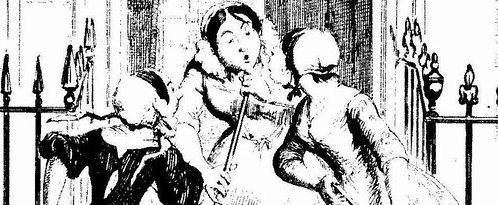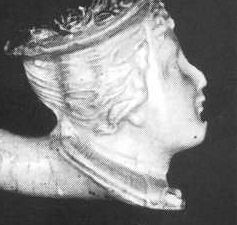How to stop fairies tiring the horses
Re-emerging from my desk as the paper continues its regular slow churn (interrrupted only occasionally by a nasty explosion of cellulose when a whole pile falls over) is the collection of essays from which I posted last week on women servants.
It tells me that in Cambridgdeshire in the 19th century it was common practice to hang a stone with a hole through it behind the horses in the stables to "keep the fairies from riding the horses at night". (As recorded from the words of a stable foreman in the 1850s.) (p. 209)
For the protection of humans, in Dorset, a bullock's heart was hung in the hearth to prevent fairies and witches entering through the chimney. (p. 209)
It is easy to laugh, and I do, just a little - surely the heart must have stunk after a few days, or maybe the smoke preserved it? - but the essay makes the fair point that this was how people came to an understanding of their world with few of the tools that we have available today.
And such beliefs were mixed up with a lot of practical, and even sometimes subversive, information, that did help people navigate obstacles around them.
In the 19th century, and even sometimes today, such beliefs are traced back to pre-Christian religious structures and understandings, but, the essays says, they "were not something rooted in past religious beliefs but that which retained a contemporary function in the lives of the rural poor". (p.212) So they tend to be highly localised, grown up in response to local conditions.
From B. Bushaway, "'Tacit, unsuspected but still implicit faith,' Alternative belief in nineteenth-Century rural England,' pp. 189- 215, in T. Harris (ed) Popular Culture in England c. 1500-1850, Macmillan, London, 1995, pp. 143-167.







0 Comments:
Post a Comment
<< Home